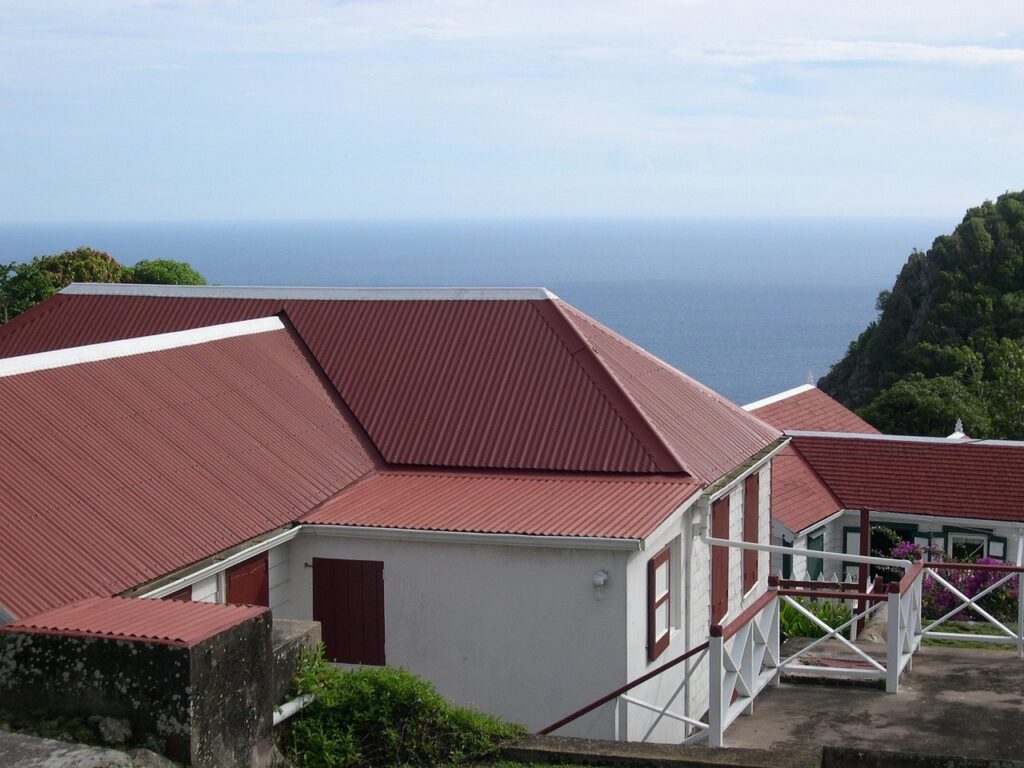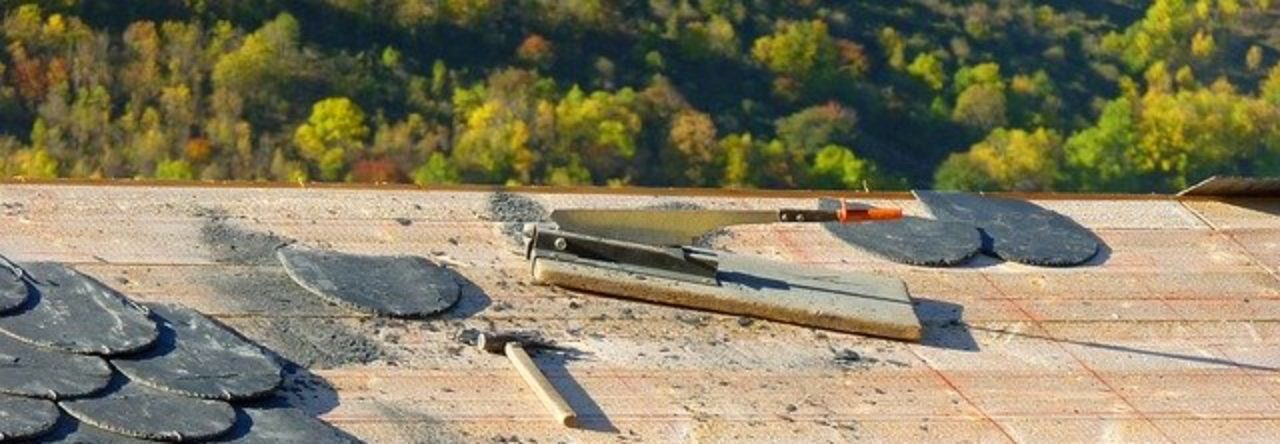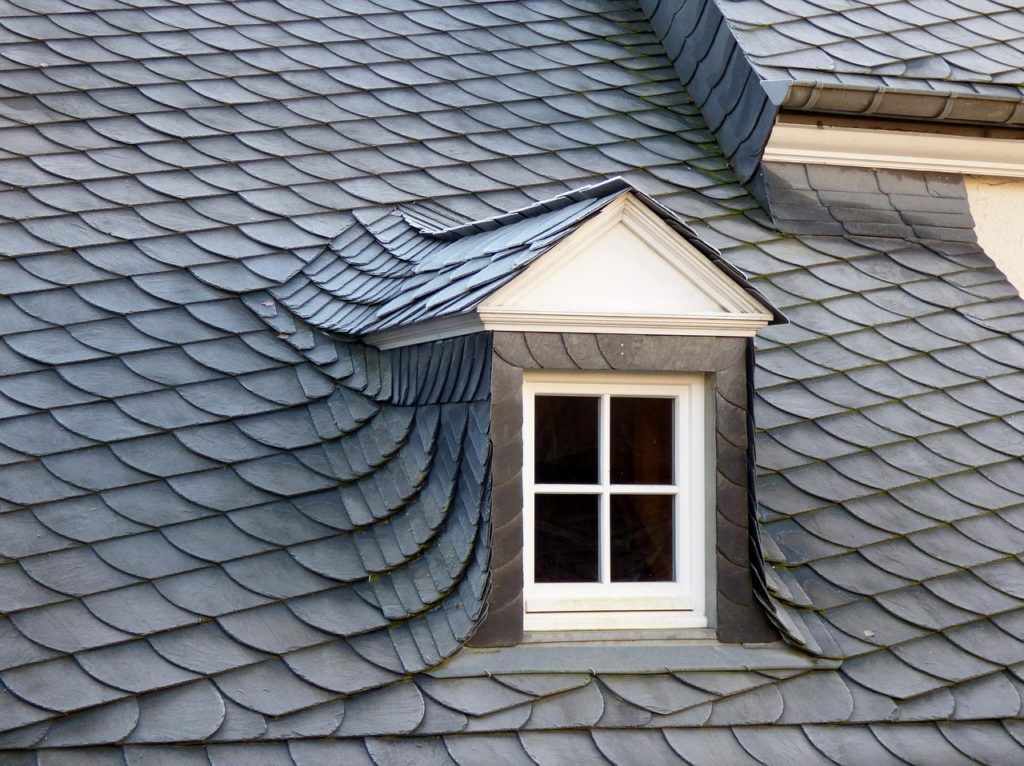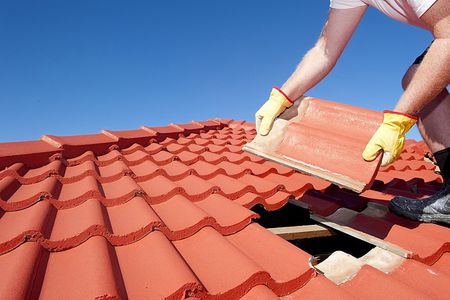Introduction
Metal roofing, including metallic sheets, remains a popular choice for both residential and commercial buildings. Its prevalence depends on factors such as geographical location, architectural trends, and the specific requirements of the building.
For this article we asked Todd of Bel Air Gutter & Siding (https://www.belairgutter.com/) for his tips and to make sure we didn’t steer people wrong. (Despite the name, a large part of their business is roofing in addition to gutters and siding.)

Let’s discuss when it’s appropriate to use metallic sheets for roofing, as well as their advantages and disadvantages:
Appropriate Uses of Metallic Sheets for Roofing
- Residential Buildings: Metal roofing, including metallic sheets, is still commonly used in residential construction, especially for various architectural styles such as modern, contemporary, industrial, and rural.
- Commercial Buildings: Metal roofing is widely used in commercial and industrial structures due to its durability, low maintenance requirements, and ability to cover large spans.
- Agricultural and Rural Structures: Metallic sheets are often used for barns, sheds, and other agricultural structures due to their cost-effectiveness, durability, and resistance to environmental elements.
Advantages of Using Metallic Sheets for Roofing
- Durability: Metal roofing is highly durable and can last for decades with proper maintenance. It can withstand harsh weather conditions, including heavy rain, snow, hail, and strong winds.
- Longevity: Metal roofs have a longer lifespan compared to many other roofing materials. They are less likely to deteriorate, crack, or warp over time.
- Low Maintenance: Metal roofing requires minimal maintenance. It doesn’t rot, warp, or become infested by pests, reducing the need for regular repairs.
- Energy Efficiency: Reflective metal roofing materials can reflect sunlight, reducing heat absorption and potentially lowering cooling costs in warmer climates.
- Lightweight: Metallic sheets are relatively lightweight, which can simplify the construction process and reduce the load on the building’s structure.
- Fire Resistance: Metal roofing is non-combustible and offers enhanced fire resistance compared to certain other roofing materials.
- Environmentally Friendly: Many metal roofing materials are recyclable, making them a sustainable choice for environmentally conscious homeowners.
Disadvantages of Using Metallic Sheets for Roofing
- Cost: Metal roofing, including metallic sheets, can initially be more expensive than some other roofing materials like asphalt shingles. However, its durability and longevity can offset this cost over time.
- Noise: Without proper insulation, metal roofs can be noisy during heavy rain or hailstorms. This can be mitigated by using insulation materials and a proper underlayment.
- Expansion and Contraction: Metal expands and contracts with temperature fluctuations. Without proper installation techniques, this movement can lead to issues such as leaks and noise.
- Appearance: While metal roofing is available in various styles and colors, some traditional or historic architectural styles may not be suited for a metal roof’s appearance.
- Initial Installation Complexity: Installing metal roofing requires specialized skills and tools, making it more complex than installing certain other roofing materials.
Summary
In summary, metallic sheets for roofing are still commonly used in various building types due to their durability, longevity, low maintenance requirements, and other advantages. However, it’s important to consider the specific needs of the building, the climate, and the local architectural style when deciding on the appropriate roofing material.
…


